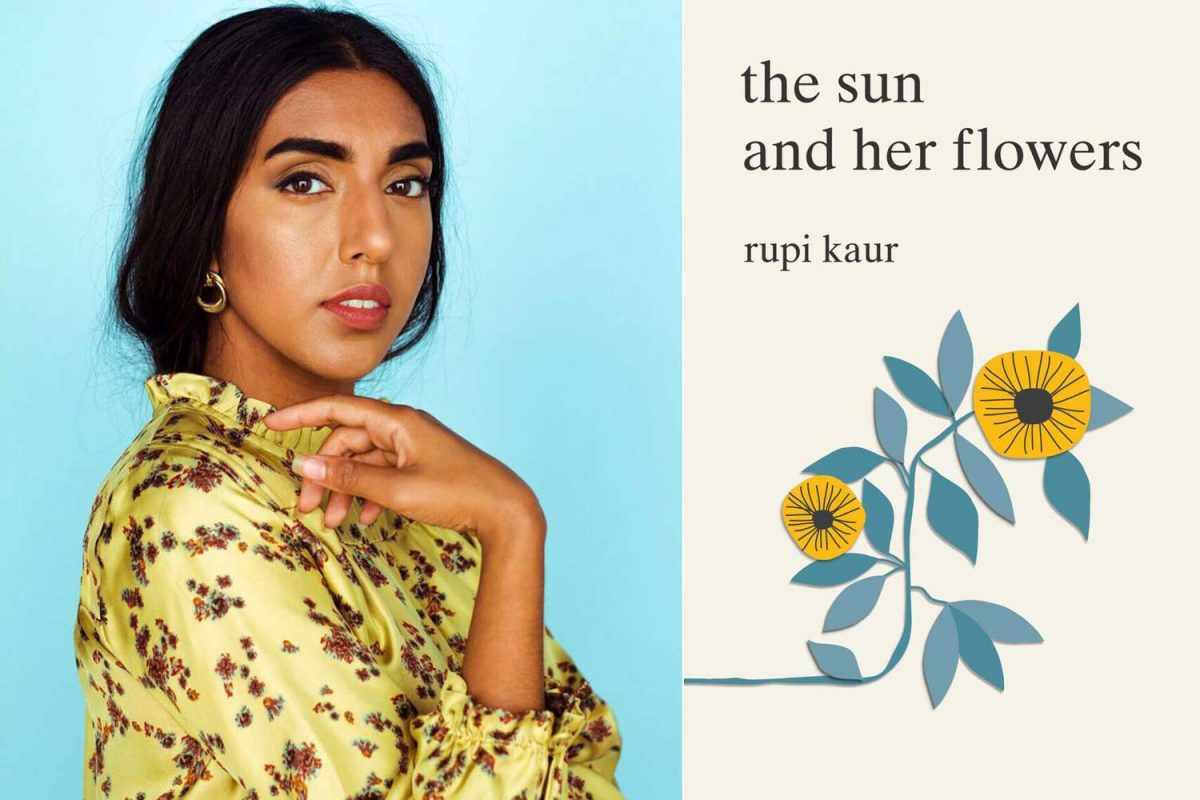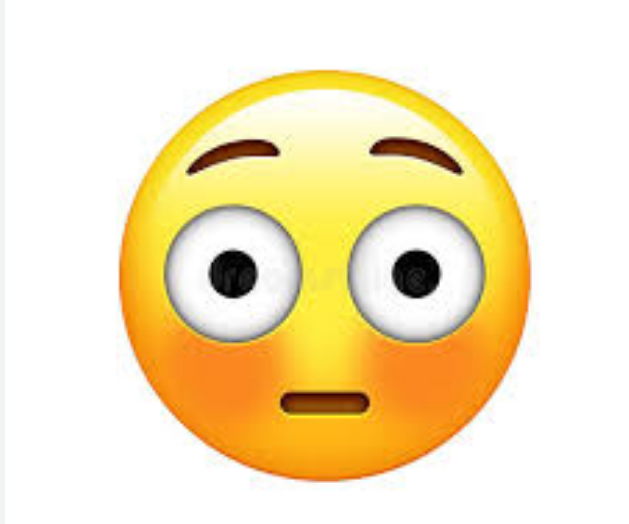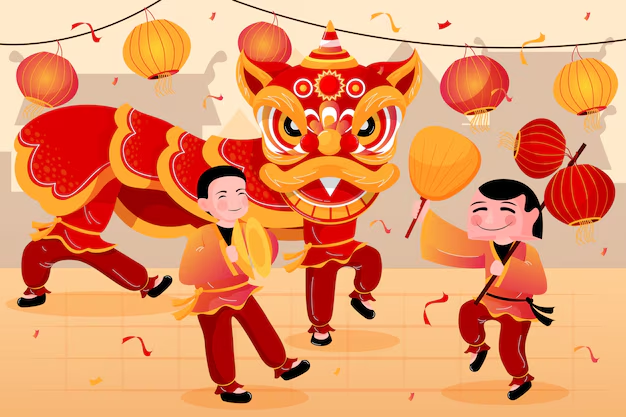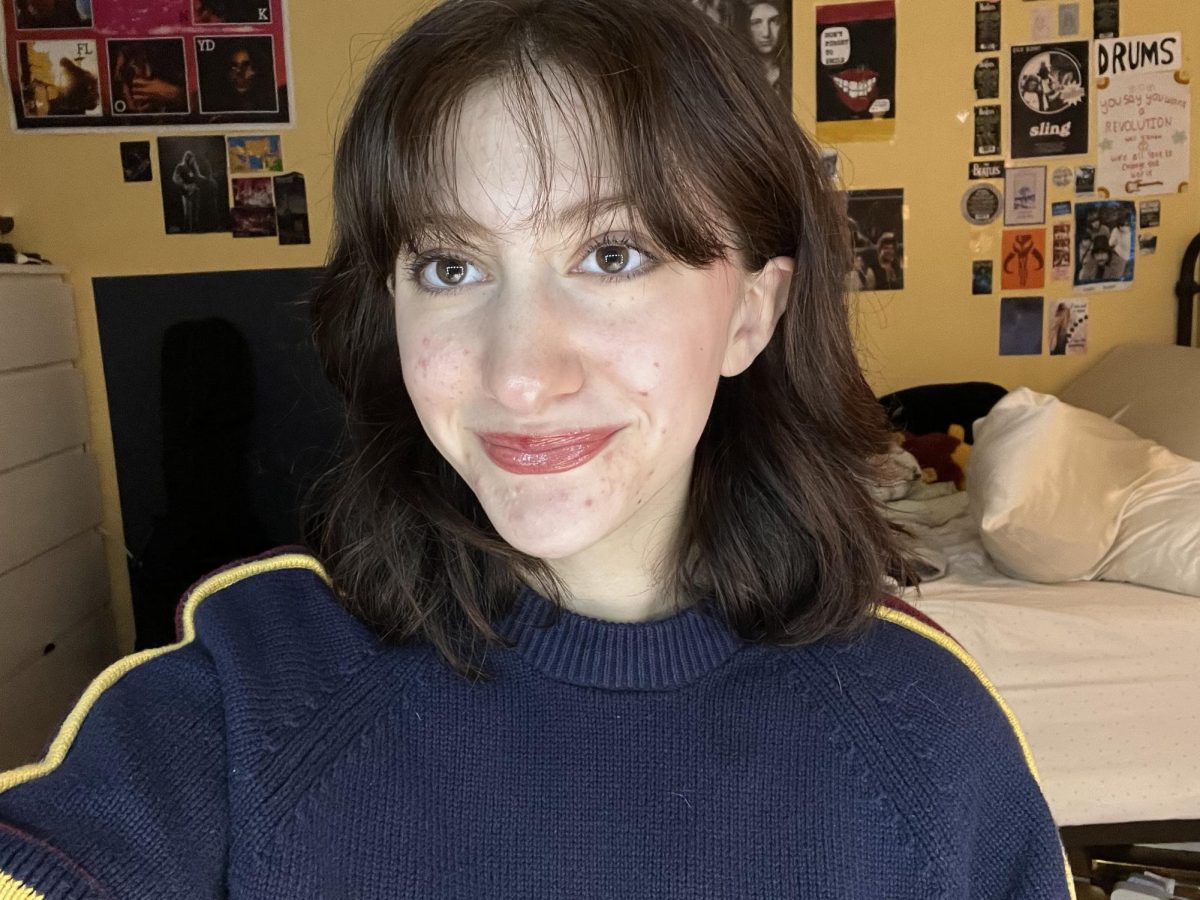Emily Dickinson is one of the greatest American poets of all time because of her unique style and challenge of societal norms. However, modern poet Rupi Kaur has faced incessant backlash for her poetic style: short and overly free verse. But, the deeper meaning behind both poets is the same, as they both touch upon the literary themes of death, nature, and life. Despite incomparable poetic styles, Dickenson and Kaur both push the boundary of societal norms and should be read today.
Structurally these poets are worlds apart. Some of the arguments against Kaur are understandable; her imagery is much more simplistic than Dickinson’s, and she commonly has short, free-verse poems. Where Dickinson had uncontrollable syntax, punctuation, and capitalization, Kaur takes a simplistic route in her free verse. I think Kaur’s poetry has caused such a stir on social media because people forget that poetry is an art form. Poetry, like all art, is subjective! With free verse poetry, there is no exact formula and Kaur uses it to her advantage. People also like to discredit Kaur for her rise to fame on social media instead of getting published first. But remember, Emily Dickinson wasn’t appreciated in her day either—as most of her poems were published after her death.
Thematically, these poets have more in common than you may think. Dickinson was exploratory in her writing, testing the limits and the identity of poetry. Her use of dark themes like death and the afterlife contrasts with other poetry of her time—especially the Romantics. Despite the same thematic topic, Kaur’s poetry discussing death is completely different from Dickinson’s, but still meaningful today. One of Dickinson’s most famous poems, “Because I Could Not Stop For Death”, is a dark poem about death personified. In contrast, Kaur’s poems about death celebrate life before it is over. It is important to be reading both of these types of poems because death is multi-faceted, like every theme in literature.
Emily Dickinson is one of the greats, being discussed in classrooms across the country over a century later. But, I think Kaur has the make up to be one of the greats too. Her free verse takes relevant topics of the 21st century like immigration, sex, abuse, and depression and makes it more accessible to teenagers and young adults. We can sit here and compare poets or even try to discredit them—like many have done with Kaur—but what we should put that time into is reading poetry. Read it. Write it. Explore it. And most importantly, learn from it!









